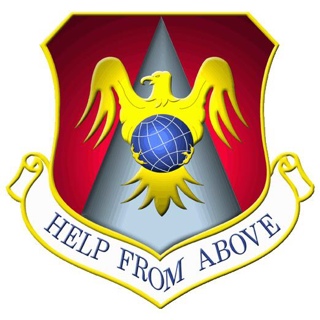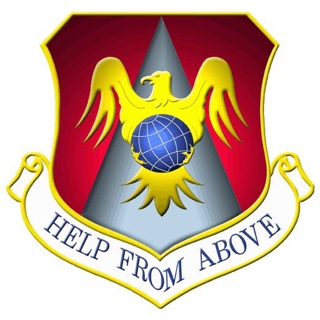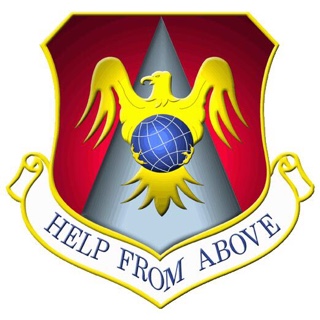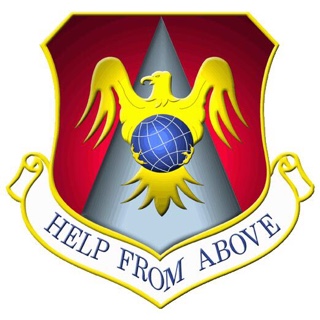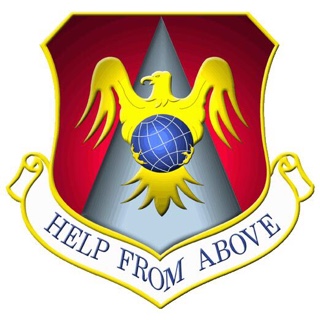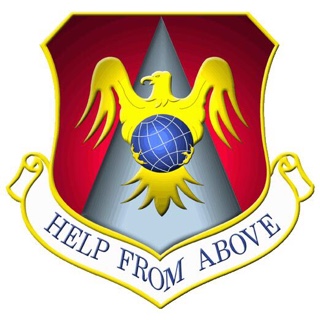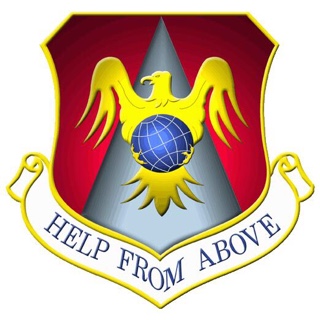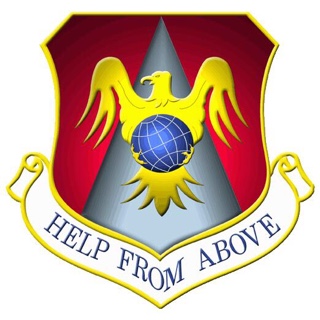Information
-
Audit Title
-
Client / Site
-
Conducted on
-
Prepared by
-
Personnel
1. BASH SELF-INSPECTION CHECKLIST (AFI 91-212, Attachment 2)
-
1.1. Are all BASH related regulations current and available?
-
1.2. Has a BASH reduction program been implemented?
-
1.3. Has a BASH plan been written?
-
1.4. Is the BASH plan reviewed annually?
-
1.5. Are changes and annual reviews posted to the plan?
-
1.6. Does the program establish a Bird Hazard Working Group (BHWG)?
-
1.7. Are base agencies such as Safety, CE, or Environmental Management, PA and Ops assigned responsibilities for the BASH program?
-
1.8. Is the wing vice commander the BHWG chairman?<br>
-
1.9. Is there an assigned OPR of the BHWG?
-
1.10. Does the BHWG meet at least semiannually, are minutes being recorded and filed?
-
1.11. Are BASH topics included in flight safety briefings?
-
1.12. Are BASH related materials posted in aircrew briefing areas, on safety bulletin boards or base operations flight planning areas?
-
1.13. Are local bird and wildlife issues documented?
-
1.14. Are both damaging and non-damaging bird/wildlife strikes recorded?
-
1.15. Are all damaging and non-damaging bird/wildlife strikes reported IAW AFI 91-204 and AFMAN 91-223?
-
1.16. Are all bird strike remains being collected and sent to the Smithsonian Institution AFMAN 91-223?
-
1.17. Is the bird strike information tracked to facilitate the identification of trends?
-
1.18. Is a bird/wildlife identification book readily available?
-
1.19. Are surveys taken of the airfield and surrounding area to observe potential and actual bird/wildlife hazards?
-
1.20. Are records of daily observations kept in order to establish trends?
-
1.21. During the surveys, are areas of standing water, food sources or areas birds/wildlife use for protection noted?
-
1.22. Is the vegetation on the airfield particularly attractive to birds and other wildlife?
-
1.23. Does the mowing or guideline contract specify the grass be maintained at a height of 7-14 inches?
-
1.24. Does the base practice controlled burning?
-
1.25. Are birds/wildlife attracted to the taxiways or runways?
-
1.26. Have the birds/wildlife utilizing taxiways and runways been identified?
-
1.27. Are birds/wildlife attracted to areas of water on the airfield?
-
1.28. Are the birds or other wildlife feeding in these wet areas?
-
1.29. Are the birds/wildlife attracted to these wet areas identified?
-
1.30. Do the wet areas contain vegetation along their perimeters?
-
1.31. Do the wet areas contain fish and/or amphibians?
-
1.32. Are the wet areas permanent?
-
1.33. Are there other areas near the runways that attract birds/wildlife (horse stables, recreation areas, golf courses, etc.)?
-
1.34. Can it be determined what is attracting the birds or other wildlife?
-
1.35. Have the birds/wildlife been identified?
-
1.36. Do agricultural practices around the area attract birds/wildlife?
-
1.37. Is the base notified of the plowing times in order to alter operations if necessary?
-
1.38. Does the base outlease cropland on adjacent areas?
-
1.39. Does the lease provide for restrictions concerning BASH?
-
1.40. Are landfills or sewage lagoons located near the base?
-
1.41. Are these sites covered daily with dirt, wire or netting to discourage birds?
-
1.42. Do these sites attract birds or other wildlife?
-
1.43. Are other areas near the base attractive to birds or other wildlife (i.e. lakes, ponds, swamps, cemeteries or wildlife areas)?
-
1.44. Are game birds and deer controlled so as not to interfere with flying operations?
-
1.45. Does the control tower warn operations and pilots of birds/wildlife in the airdrome?
-
1.46. Is there a designated bird/wildlife dispersal team?
-
1.47. What is the average time between upgrade to Bird/wildlife Watch Condition SEVERE and downgrade back to MODERATE?
-
1.48. Is bird/wildlife harassment equipment on hand and readily available?
-
1.49. Are members of the bird/wildlife dispersal team trained on dispersal techniques?
-
1.50. Is a depredation permit on hand and current (if necessary)?
-
1.51. Are the BAM and/or AHAS being used during flight scheduling and mission planning?
-
AFI 91-212
